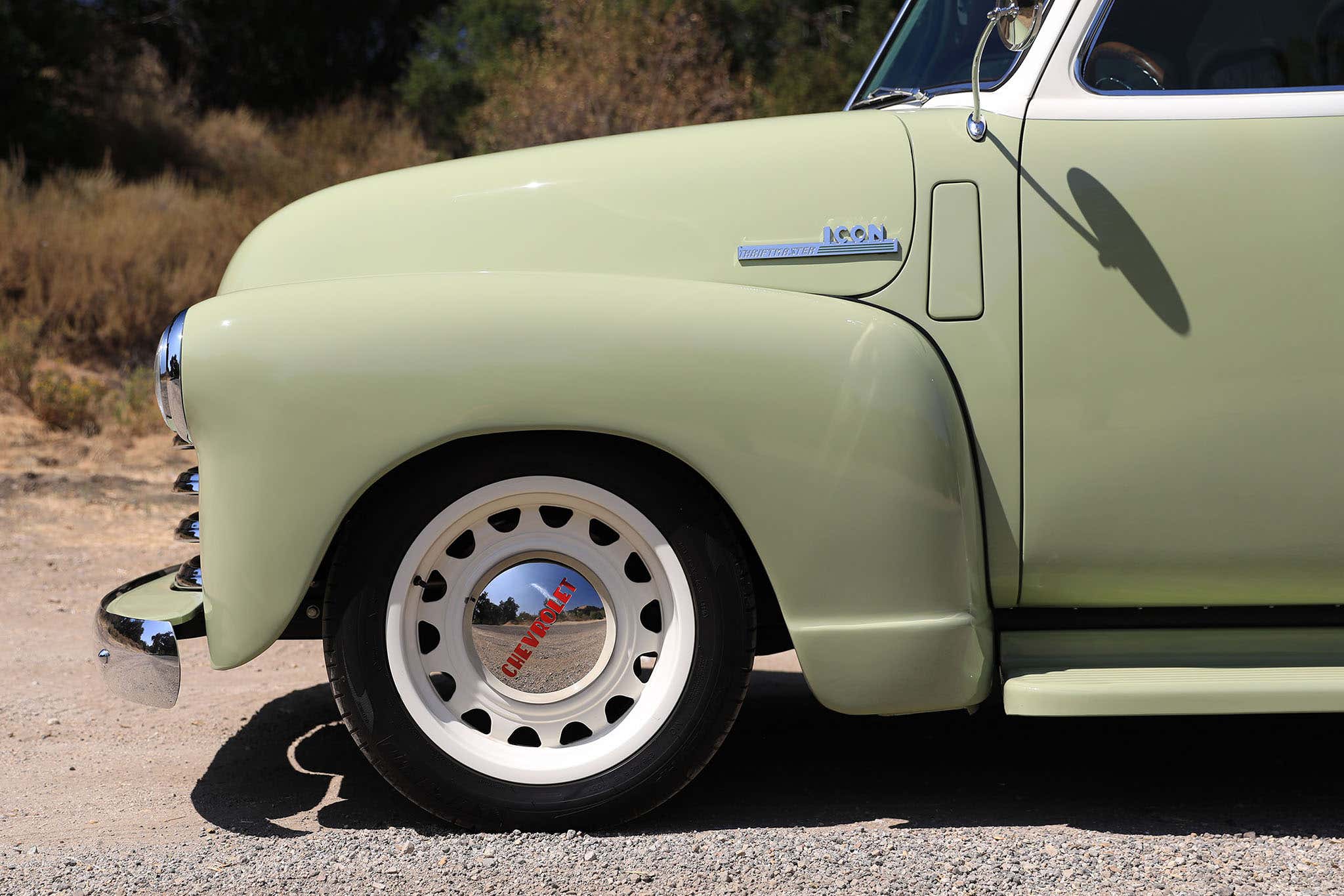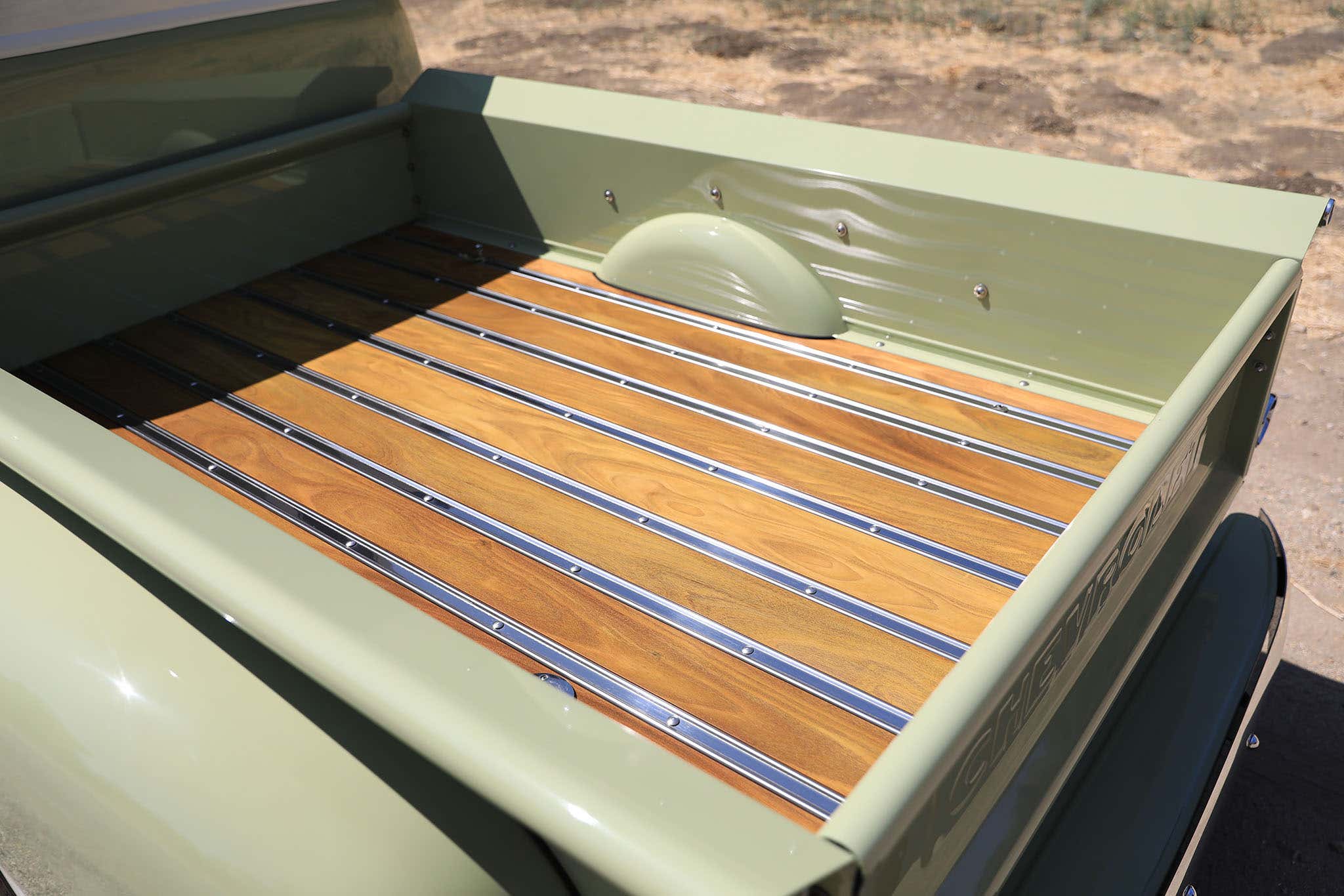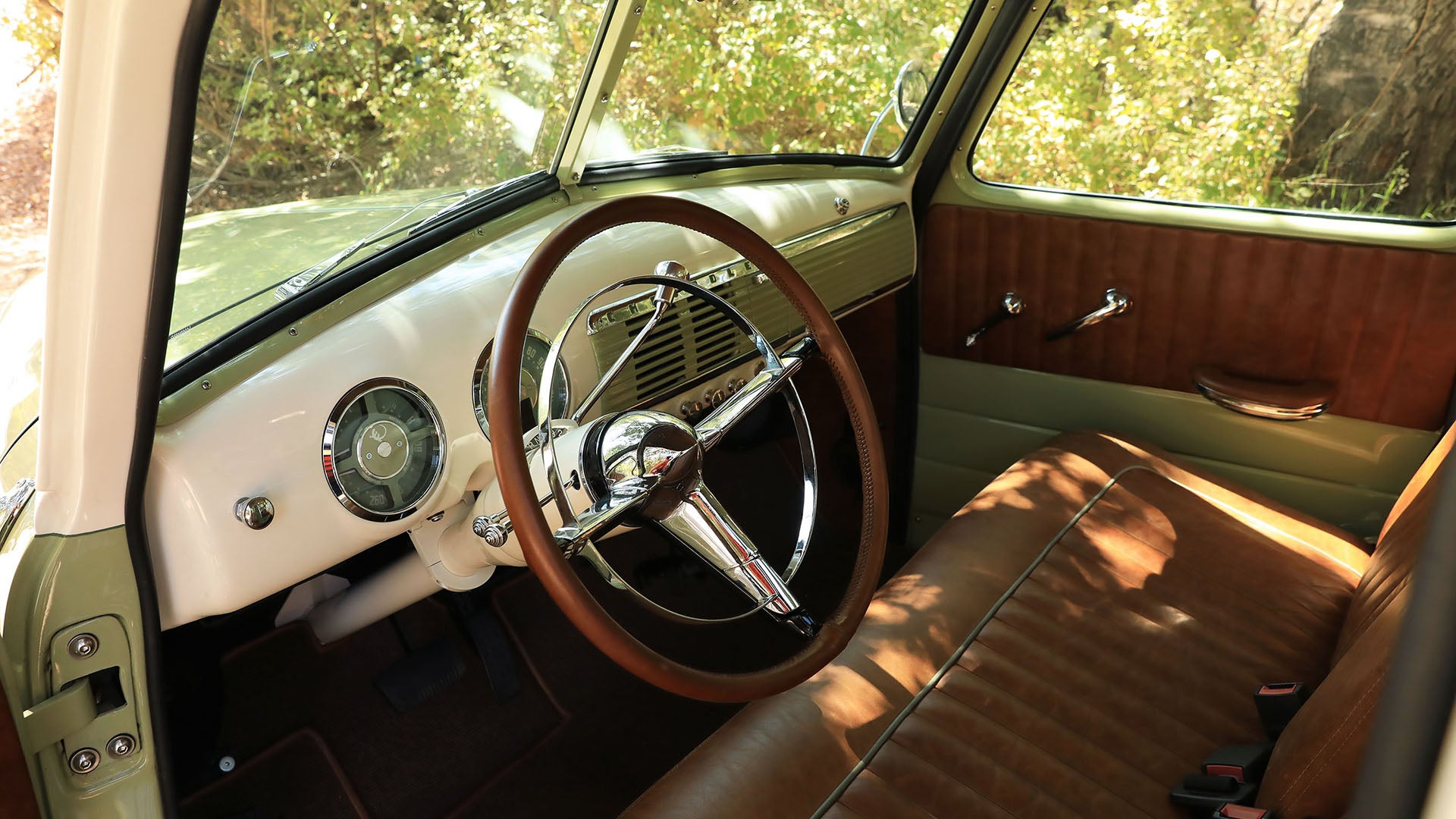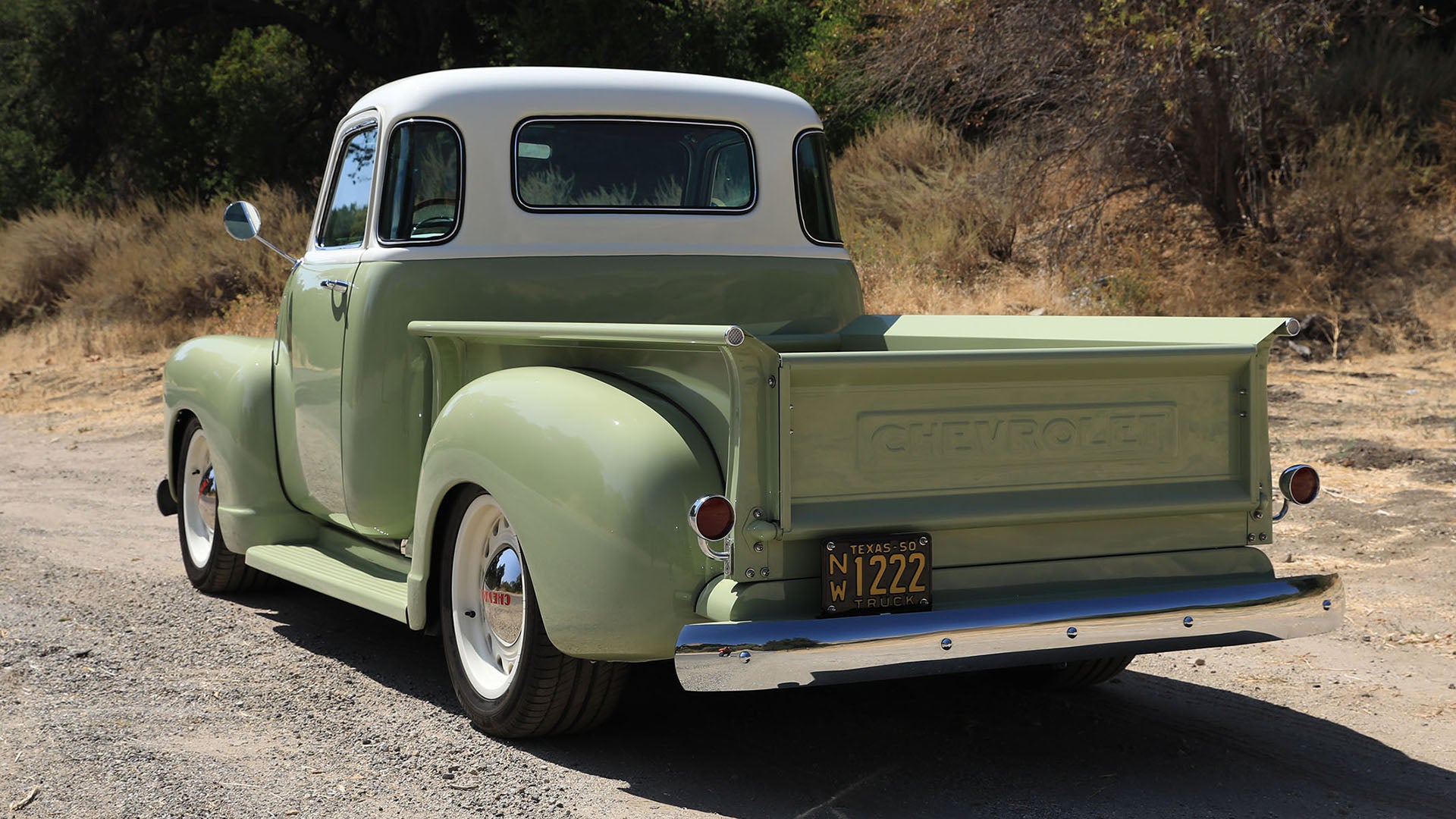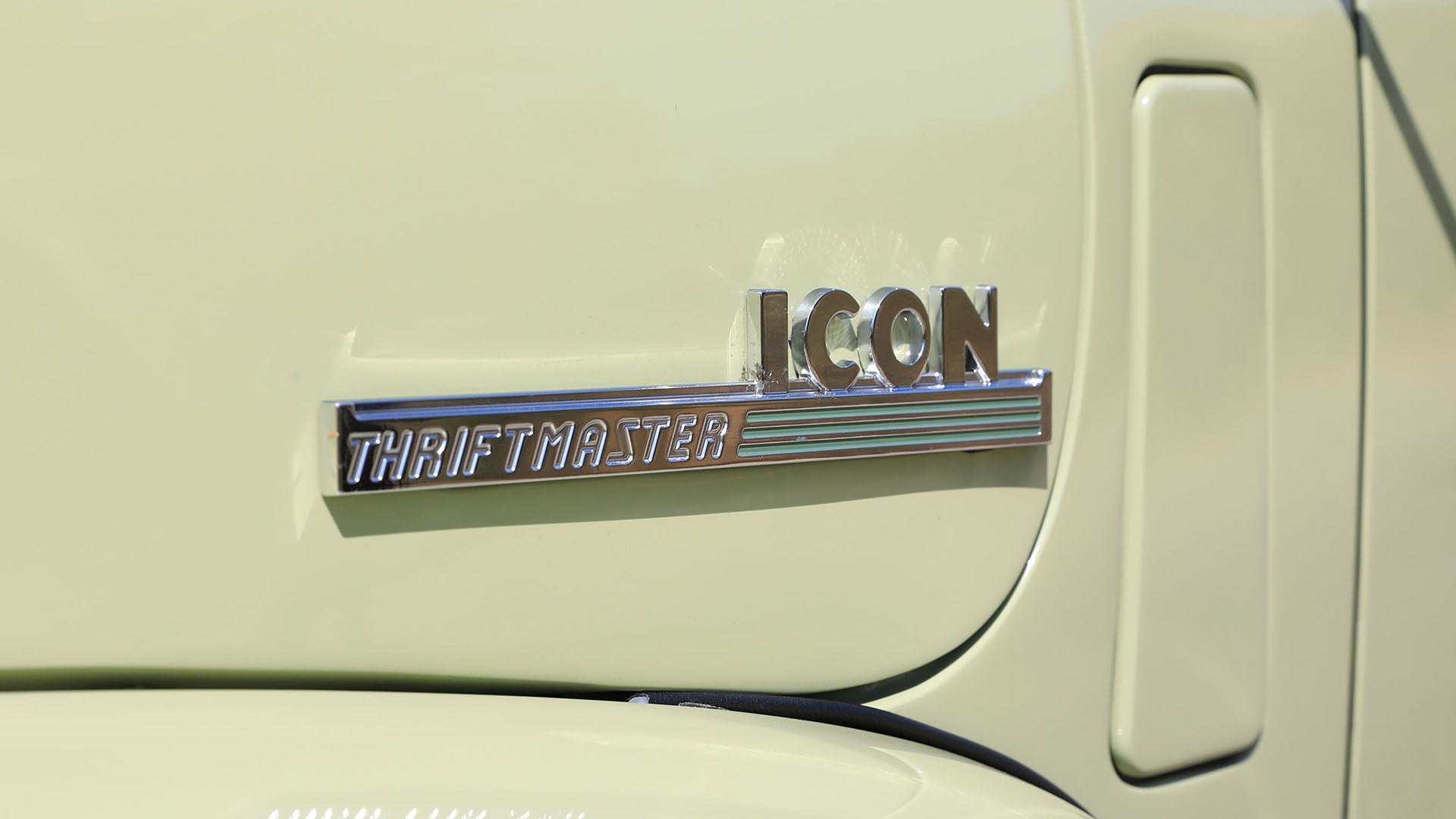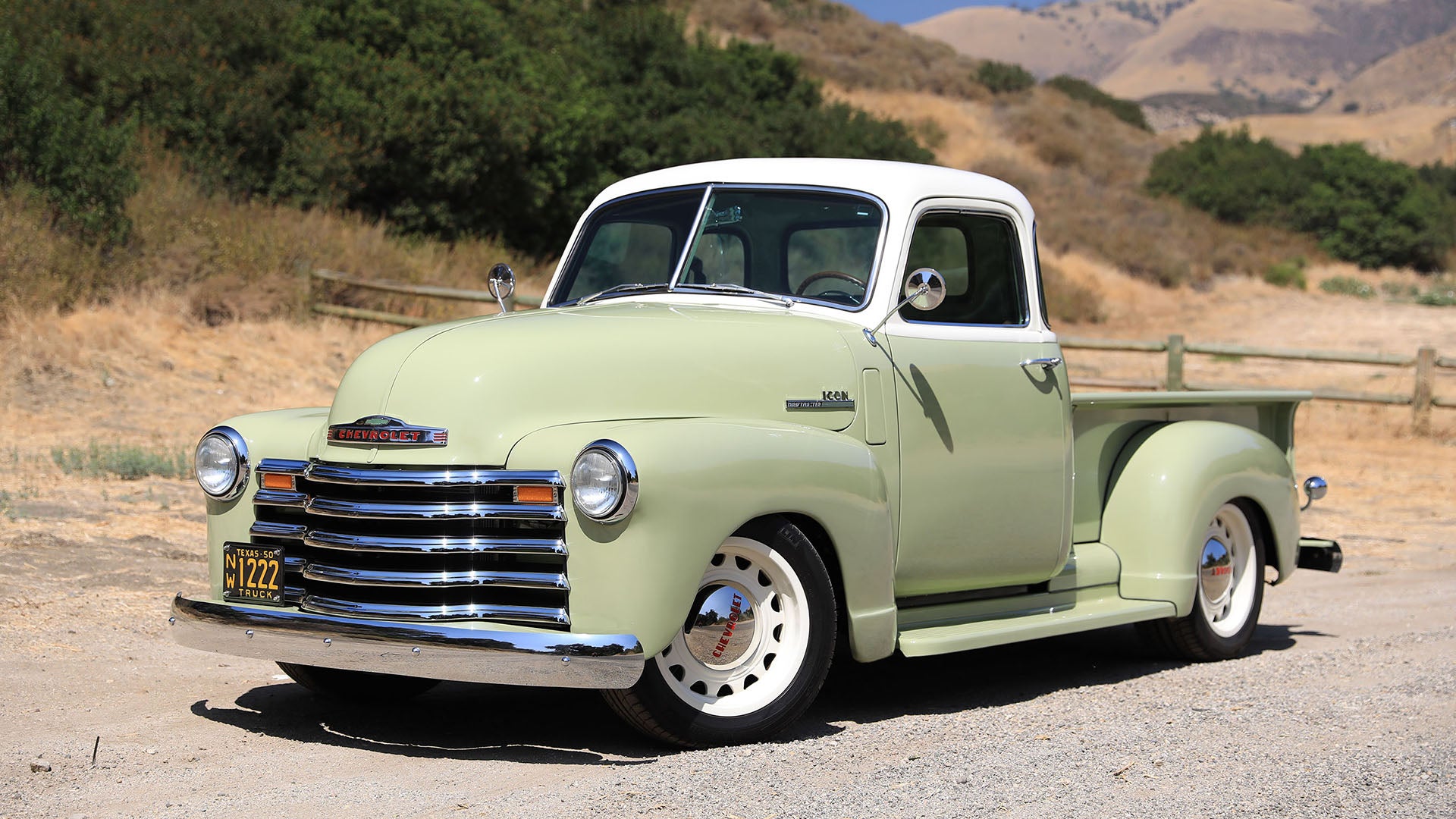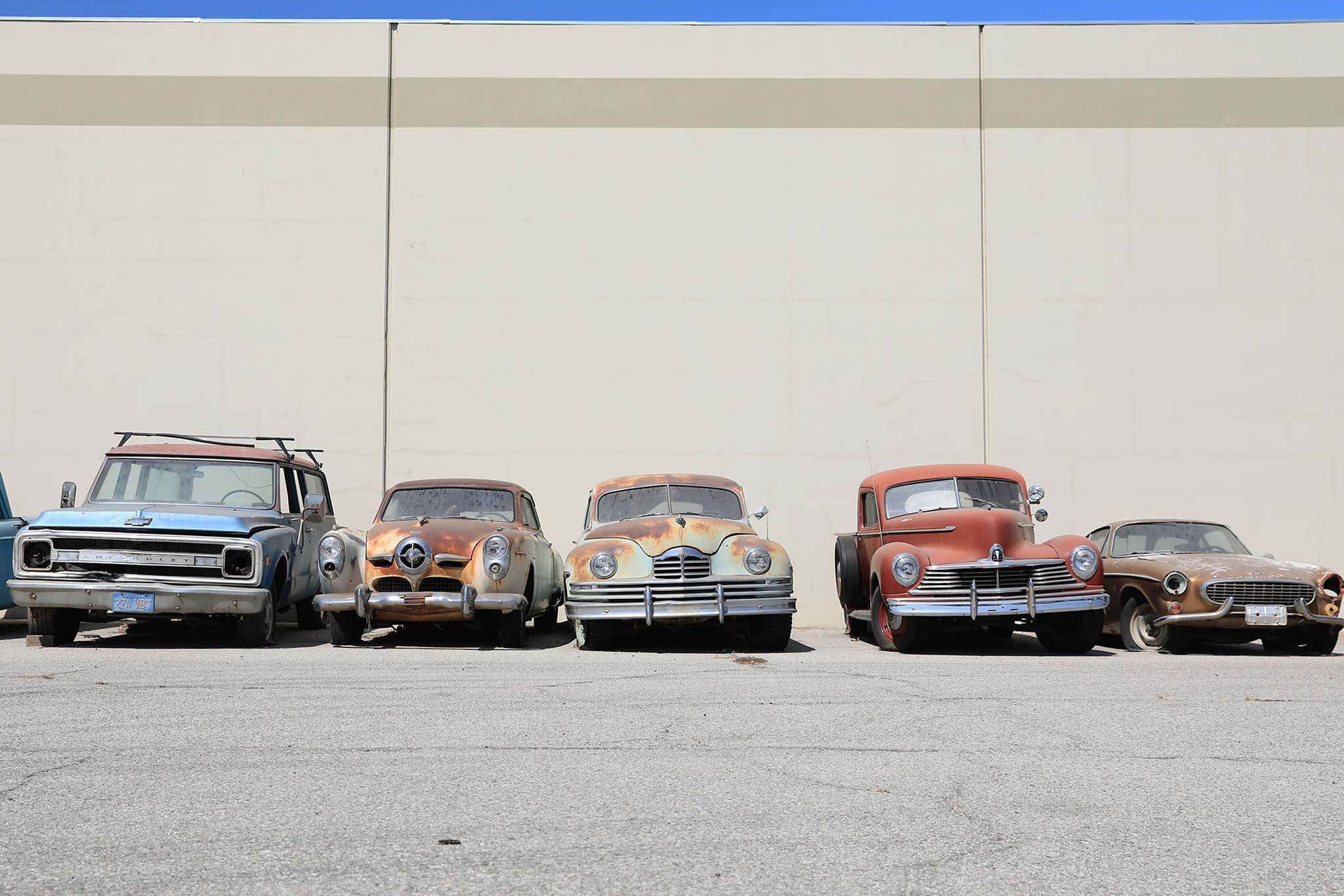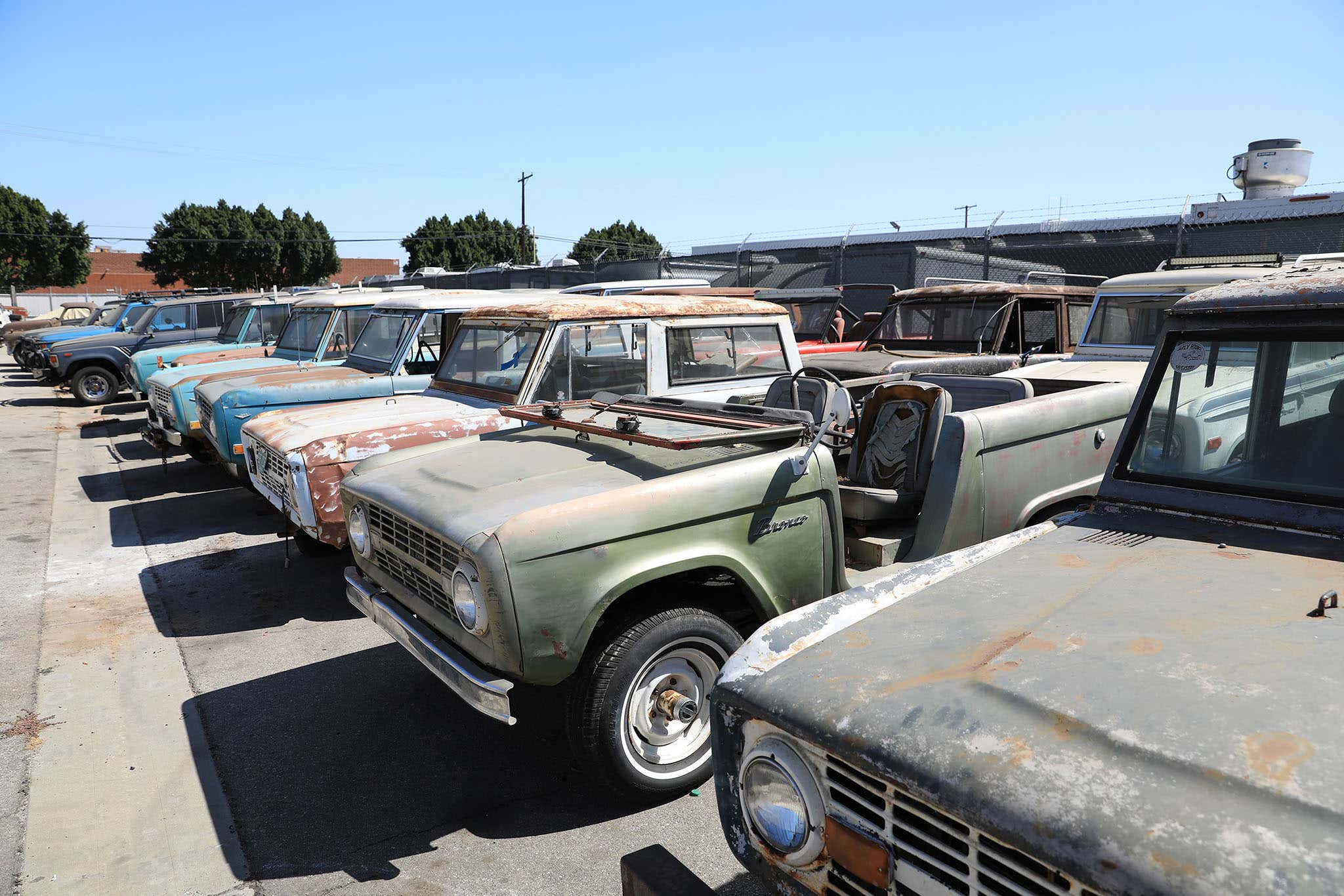Over the past decade or so, restomodding has evolved into a fully developed industry. If you’ve got means, there are plenty of folks out there who would be happy to drop an LS9 into your C3 Corvette or outfit your vintage ‘Cuda with an independent rear suspension. Thanks to a robust aftermarket, much of the heavy lifting required to make it all work has been done already, and that means the days of endless trial and error are largely behind us. Modernizing a vintage vehicle is now, in many ways, a plug and play operation.
Considering that, it can be difficult to easily quantify what separates a garden-variety build from an exceptional one. Car people tend to be a numbers-driven lot, and in these heady days of readily-accessible capability, the law of diminishing returns has taken full effect. Figures once considered unheard of have become the norm.
So what, then, allows a particular builder to stand out from the crowd? For Jonathan Ward and Icon 4×4, it’s about focusing on the elements that have become increasingly lost in the noise of outlandish horsepower and eyeball-searing paint hues. The Drive is no stranger to Ward’s shop of wonders in Chatsworth, California, and when the invitation came to drive his latest customer build, a classic Chevrolet Thriftmaster pickup benefiting from several hundred thousand dollars of obsessive restoration work, how could I say no to that?
“As an industrial designer and a massive craftsmanship geek, I’ve always been drawn to vintage vehicles,” says Ward, the company’s founder and lead designer. “Even before I had a license I was restoring vehicles for myself. When I started, the goal was factory-stock, down to details like wisps of primer on this component or chalk marks on that. But I soon realized that when I was done, I’d lose interest pretty quickly due to the archaic dynamics of vintage vehicles in the real world. And the idea of repeating factory imperfections or mistakes just for the sake of some kind of concourse perspective ultimately didn’t really appeal to me.”
“We have better solutions today, so why not evolve it? So from a very personal perspective, I wanted to figure out the right way to combine the best elements of classic design language with modern functionality.”
The ICON Thriftmaster Old School Edition, By the Numbers
- Price: $275,000-$325,000
- Powertrain: 6.2-liter LS3 V8 | four-speed automatic transmission | rear-wheel drive
- Horsepower: 430 hp @ 6,400 rpm
- Torque: 424 lb-ft @ 4,000 rpm
- 0-60 mph: <5 seconds
- Curb Weight: 3,800 pounds
- Quick Take: Blurring the line between restomod and completely new car.
Reinventing The Wheel
For Ward and the team at Icon, retrofitting a seventy year old vehicle with modern chassis and powertrain hardware is the “easy” part. Past one-off builds like the Jeep Wagoneer Reformer and the Derelict projects served in part as statements of purpose that helped to cement Icon’s reputation for obsessive quality, showcasing the incredible lengths they are willing to go in order to realize a specific vision.
It’s the same uncompromising approach they’ve long employed with their hand-built production models, which started with classic Toyota FJs and has more recently expanded to include first generation Broncos as well as the Thriftmaster.
Based on Chevrolet’s postwar light duty pickup made from the late 1940s to 1955, Icon’s latest “Old School” Thriftmaster epitomizes Ward’s ethos. It’s the kind of build that only gets better with closer inspection, revealing impeccable fit and finish top to bottom. As with all his projects, what really impresses are the painstaking efforts that went into the array of subtle improvements artfully melding the original aesthetic with Icon’s design language.
“I wanted to make sure that the look of the vehicle made it clear that something was up—that it’s a bit different—while still referencing the history,” Ward explains. “I’ve been yearning to get back to a more retro aesthetic, both for my personal design interests and also to potentially appeal to a wider demographic. In many cases, the Old School variants can involve colors, finishes, textiles, and other materials that would not really be at home with our New School package. I also feel like people have become more interested in flying under the radar a bit – a ‘you don’t know unless you know’ kind of thing.”
Inside And Out
As with many of Icon’s builds, the Thriftmaster is underpinned by a mandrel-bent Art Morrison chassis, which provides a massive increase in structural rigidity versus the original platform while also accommodating Art Morrison’s independent front and rear suspensions.
The modern chassis and suspension systems also allow for modern components to be used with them, which in this particular case equates to adjustable coilovers from Strange Engineering and stopping power from Brembo, though Ward is quick to note that each build is a collaborative effort between Icon and the customer.
Motivation for this particular Thriftmaster is provided by a 430-hp, 6.2-liter LS3 V8 from Chevrolet Performance backed by a heavy-duty 4L85E four-speed automatic transmission, which in turn sends the grunt to a Dana S60 limited slip differential with 3.73:1 gears between the rear wheels. But customers can do just about anything when it comes to running gear.
“Each and every project starts with a personal discussion with the client to better understand what they’re looking for,” he says. “The Thriftmaster could be a solid-axle, coil-sprung four-wheel drive pickup, or it could be pretensed for hauling the Airstream and light dirt use. Or it could be a wolf-in-sheeps-clothing daily driver like this one. The way this truck looks versus the way it drives are almost completely disassociated with one another.”
Icon uses original body panels wherever possible and GM-licensed reproductions to replace sections that are too far gone. Green-tinted laminate safety glass is also on hand to maintain the Thriftmaster’s period-correct vibe.
The bed of the Old School Edition is another notable highlight, here equipped with African teak wood and stainless steel runners with custom-machined cargo anchors. It seems like it would take an especially brave soul to risk damaging such lovely craftsmanship by using it to actually store cargo, but Ward insists that Icon builds vehicles to be used rather than ogled. “The idea is to get rid of the martyrdom of stock, but not to introduce the martyrdom of making it so specialized that it only works well in one precise scenario.”
The cab follows a similar theme, where high-quality saddle leather adorns the seats, steering wheel, and even the headliner. Body color-matching green suede piping adds a greater sense of aesthetic continuity, while the Icon-designed armrest and seat hardware tangibly improve ergonomics without looking out of place. As another example of Ward’s commitment to the original aesthetic, Icon even went to the trouble of converting the crank window assemblies to work with electric motors—simply press the window crank down or pull it up like a lever to automatically raise or lower the window.
Understated-yet-well-engineered tweaks like this can be found throughout the truck, clearly illustrating Ward’s fastidiousness and the commitment to his vision. “The way my mind works, it’s really about getting some time to experience the stock stuff,” he tells us. “Very quickly I start to notice what I think is really cool, and what looks like it was a compromise. Sometimes you can tell that the bean counters kind of took away from what the original designer wanted to do.”
Icon Thriftmaster: The Drive
Despite all the modernization, the Thriftmaster still feels like an old truck in all the right ways. The doors still require a good heave to open and close, and despite the tilt steering column, the seating position is that of a classic pickup.
Turn the key, however, and the story rapidly changes. Once the LS3 roars to life, the blend of modern technology and vintage design begin to work in concert, and Ward’s vision for the truck starts to become more clear. Like the doors, the column shifter needs a bit of strong-arming to get into gear, but a light dab at the throttle sends the Thriftmaster off enthusiastically and without hesitation. Ward says the 3800-pound truck should be good for a 0-60 mph sprint in under five seconds as configured, and we see no reason to believe otherwise.
Still, horsepower isn’t worth a whole lot if you’re not confident that you can reign it in as needed. To that end, the brakes—Brembo six piston calipers up front and four-piston units in the rear—are similarly monumental upgrades versus the original hardware, providing stopping power that rivals modern sports cars, with a firm pedal to boot.
Combined with modern rack and pinion steering and coilovers dialed in for grand touring, the Thriftmaster is not only easy to drive, it’s easy to drive fast. As with many vintage vehicles I’ve tested, my 6’3″ frame is the main limiting factor here; these things just weren’t originally built with tall people in mind. Although it might require a spirited debate with Ward, swapping out the bench seat for more modern buckets would likely do the trick. Regardless, it only takes a few minutes at the helm to realize that this is indeed something you could easily drive every day, weather provided.
What Ward said earlier about the disassociation between looks and performance rings true. The bespoke frame, the four-corner independent suspension, the fanatical attention paid to every nut and bolt, it all makes it feel like a singular new car. Because in many ways, it is. Icon is manufacturing these vehicles whole cloth.
A perfect example: The cab is truly squeak and rattle-free at speed, even when those coilovers are tasked with dispatching some of the most pockmarked pavement San Bernardino County has to offer. “It goes all the way down to applying 3M felt material shims in locations where it’s metal-on-metal from the factory. Back then it was a farm truck and nobody gave it a second thought,” Ward says. “But that kind of stuff would drive us crazy.”
Therein lies the Icon difference. You get the sense that, for Ward, Icon isn’t really a business designed to generate big profits; it’s more akin to a self-sustaining passion project. “The fact that people are willing to pay us to not make compromises and do these builds to the best of our abilities has been a big honor,” he adds. “That’s what allows me to sleep well at night—and dream of new builds.”
Got a tip? Send us a note: [email protected]
Source: Read Full Article
